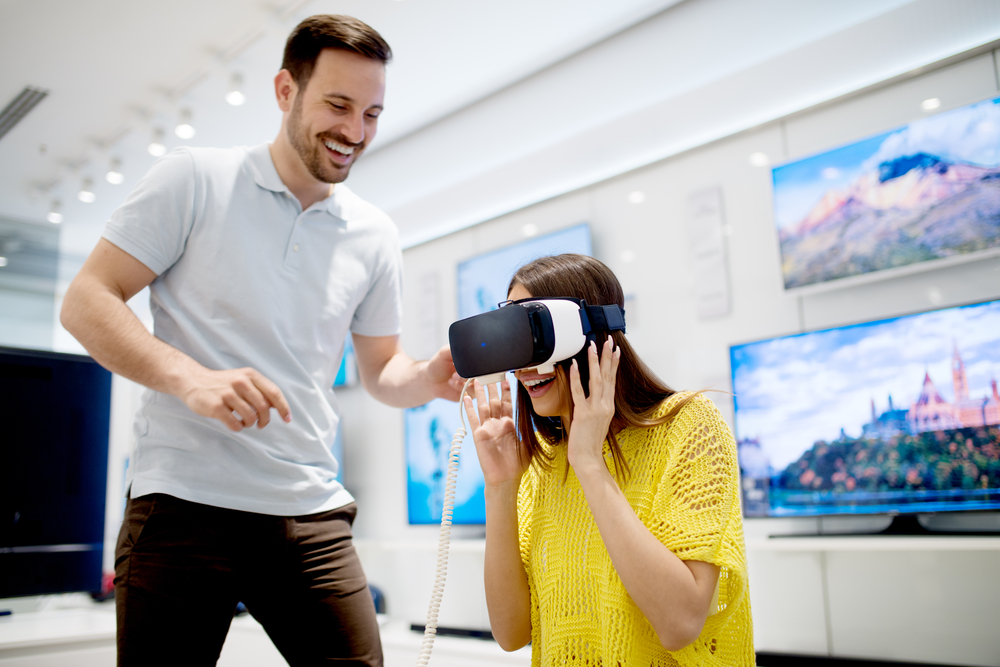With constant media coverage, an incredible amount of funding — $3 billion in 2017 alone, to be exact — and more exciting use cases for virtual reality, many consumers are eagerly waiting for VR to really hit the mainstream.
But do you know who’s not so eager? Women — yes, 50 percent of the population. In fact, a recent EY survey found that women are less likely than men to have tried VR; they’re not as impressed by the idea. Even more, 65 percent of female respondents said they’re unlikely to try VR in the future.

Unlock premium content and VIP community perks with GB M A X!
Join now to enjoy our free and premium membership perks.
![]()

![]()